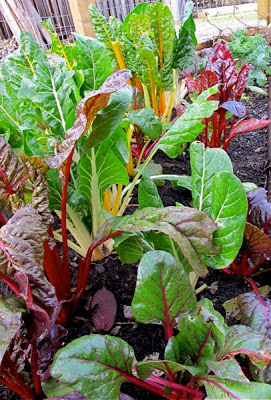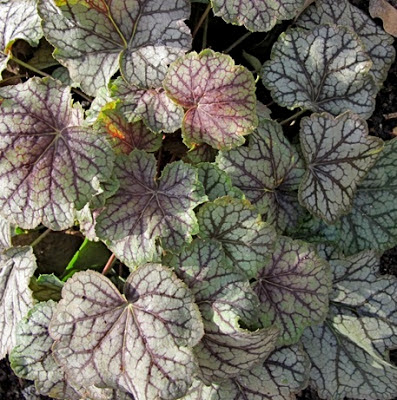One of the hardiest plants has been a surprise to me because it looks so fragile and brittle. It's Bouteloua gracilis, called mosquito grass because of its odd little flowers that look like a cloud of the familiar insects. The species is a dark grey, which enhances the comparison, but mine is a new (to me at least) cultivar called 'Blonde'. It was one of those plants that you fall for and buy without having any idea of where it might look well in your garden. I tried it first near my front steps, but down below eye-level, it just didn't shine. So I moved it into my heavy cast-iron urn in the back garden, where it makes a lovely airy fountain.
It's a challenge to photograph because that airiness confuses the camera, which has difficulty focusing on it. This is the best I could manage, but I think it provides enough clarity to show how lovely this grass can look. When some rare sunshine makes all those fine stems gleam, it is truly a pretty sight.
Persicaria 'Fire Dance' is just beginning to disintegrate, but still has a few pink-chenille flowers floating above its parrakeet-green leaves. A month ago the Corylopsis behind it was furnishing a golden-yellow background, but now those leaves have fallen and the Persicaria has to rely on its own bright foliage for contrast.
Fortunately some winter flowers are starting to bloom. A few of my double primulas have big buds, while the first blooms on Hellebore 'Jacob' are already open. 'Jacob' was given to me last winter by my friend Pat who is an amazing gardener. "You'll love this plant," she told me. And I do, not least because it's blooming now, way ahead of its relatives. The only drawback I can see is that it's so low to the ground that rain splashes it with particles of dirt that are hard to remove without damaging the petals. I think I need to surround it with a bed of moss or gravel.
While I wait for more hellebores to open, there are still a few foliage effects to enjoy. Hydrangea 'Waterfall', whose coarse foliage has been slightly disappointing, is compensating with some great colour...
...almost bright enough to compete with the stems of rainbow chard in the vegetable garden.
And one of my favourite Heuchera, 'Green Spice', is showing how good a survivor it is when some of its fellows are cringing in our nasty weather.








